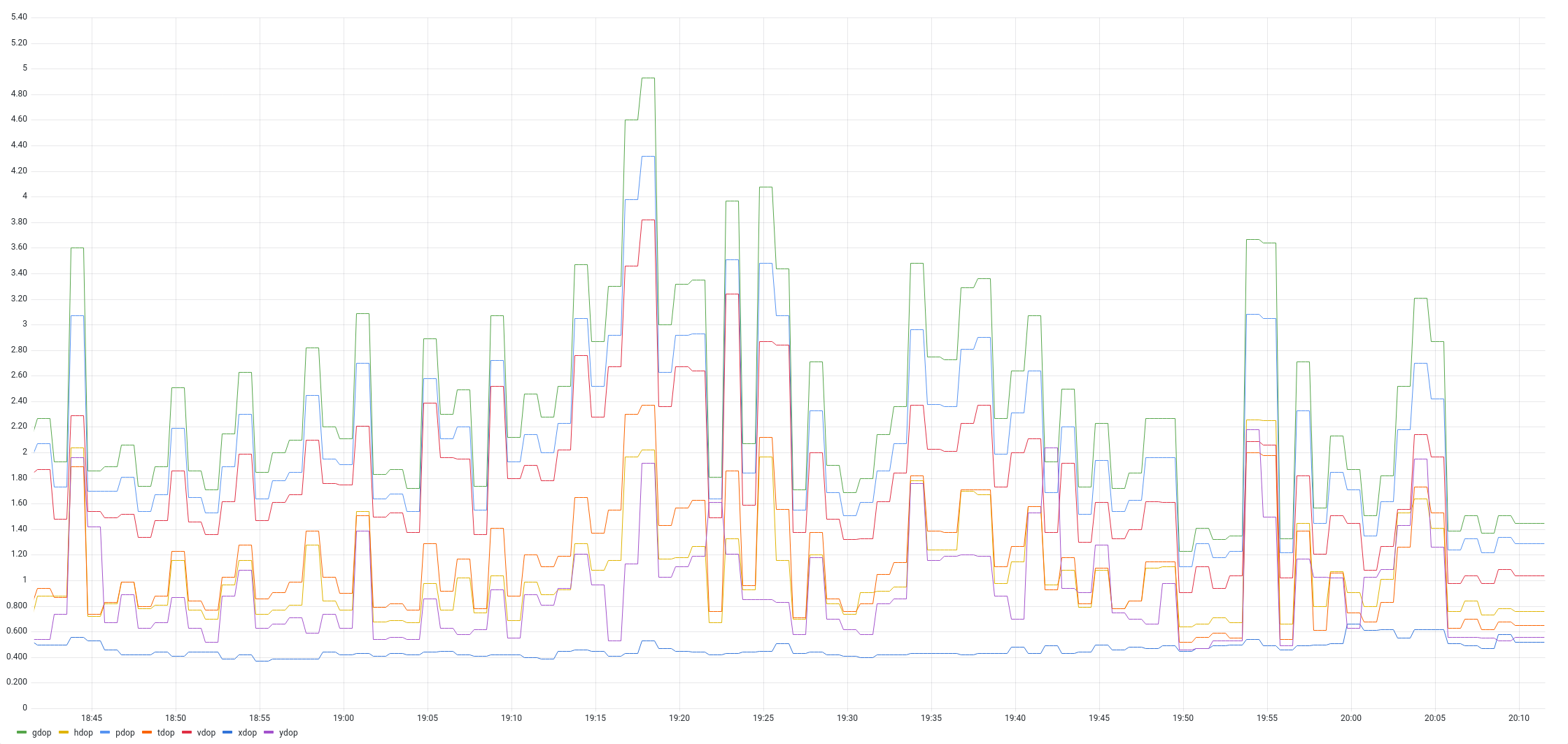New receivers
amateur-radio rtl-sdrThe balconic setup is made up of the following substations, each consisting of an RTL-SDR and a dedicated Raspberry Pi 4, for (hopefully!) round-the-clock monitoring with luarvique/openwebrx:
On six meters, there’s a simple vertical with no radials, a broadcast FM notch filter, and an LNA. VHF and UHF receivers share a Diamond SG7900 + a broadcast FM notch filter over a splitter/combiner.
Six meter filter and amp are generic Nooelec parts, filter and splitter for VHF and UHF came from SV1AFN. Six meter receiver is a Nooelec dongle, VHF and UHF ones are “RTL-SDR Blog V4”. Cables were tailor-made from Aircell 7 by Paratronic.
Read more...